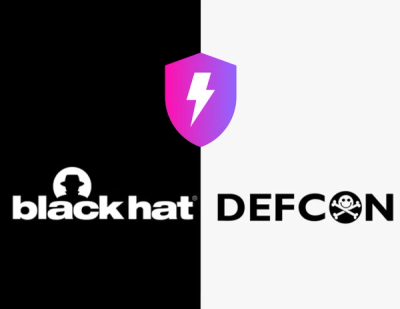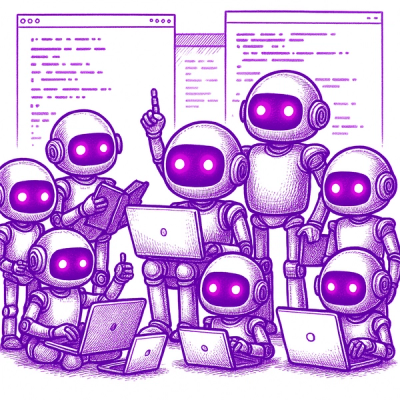
Research
/Security News
Contagious Interview Campaign Escalates With 67 Malicious npm Packages and New Malware Loader
North Korean threat actors deploy 67 malicious npm packages using the newly discovered XORIndex malware loader.
rails-dynamic-param-filter
Advanced tools
Rails is a web-application framework that includes everything needed to create database-backed web applications according to the Model-View-Controller (MVC) pattern.
Understanding the MVC pattern is key to understanding Rails. MVC divides your application into three layers: Model, View, and Controller, each with a specific responsibility.
The Model layer represents the domain model (such as Account, Product,
Person, Post, etc.) and encapsulates the business logic specific to
your application. In Rails, database-backed model classes are derived from
ActiveRecord::Base. Active Record allows you to present the data from
database rows as objects and embellish these data objects with business logic
methods.
Although most Rails models are backed by a database, models can also be ordinary
Ruby classes, or Ruby classes that implement a set of interfaces as provided by
the Active Model module.
The View layer is composed of "templates" that are responsible for providing appropriate representations of your application's resources. Templates can come in a variety of formats, but most view templates are HTML with embedded Ruby code (ERB files). Views are typically rendered to generate a controller response or to generate the body of an email. In Rails, View generation is handled by Action View.
The Controller layer is responsible for handling incoming HTTP requests and
providing a suitable response. Usually, this means returning HTML, but Rails controllers
can also generate XML, JSON, PDFs, mobile-specific views, and more. Controllers load and
manipulate models, and render view templates in order to generate the appropriate HTTP response.
In Rails, incoming requests are routed by Action Dispatch to an appropriate controller, and
controller classes are derived from ActionController::Base. Action Dispatch and Action Controller
are bundled together in Action Pack.
Active Record, Active Model, Action Pack, and Action View can each be used independently outside Rails.
In addition to that, Rails also comes with:
Install Rails at the command prompt if you haven't yet:
$ gem install rails
At the command prompt, create a new Rails application:
$ rails new myapp
where "myapp" is the application name.
Change directory to myapp and start the web server:
$ cd myapp
$ bin/rails server
Run with --help or -h for options.
Go to http://localhost:3000 and you'll see the Rails bootscreen with your Rails and Ruby versions.
Follow the guidelines to start developing your application. You may find the following resources handy:
We encourage you to contribute to Ruby on Rails! Please check out the Contributing to Ruby on Rails guide for guidelines about how to proceed. Join us!
Trying to report a possible security vulnerability in Rails? Please check out our security policy for guidelines about how to proceed.
Everyone interacting in Rails and its sub-projects' codebases, issue trackers, chat rooms, and mailing lists is expected to follow the Rails code of conduct.
Ruby on Rails is released under the MIT License.
FAQs
Unknown package
We found that rails-dynamic-param-filter demonstrated a healthy version release cadence and project activity because the last version was released less than a year ago. It has 1 open source maintainer collaborating on the project.
Did you know?

Socket for GitHub automatically highlights issues in each pull request and monitors the health of all your open source dependencies. Discover the contents of your packages and block harmful activity before you install or update your dependencies.

Research
/Security News
North Korean threat actors deploy 67 malicious npm packages using the newly discovered XORIndex malware loader.

Security News
Meet Socket at Black Hat & DEF CON 2025 for 1:1s, insider security talks at Allegiant Stadium, and a private dinner with top minds in software supply chain security.

Security News
CAI is a new open source AI framework that automates penetration testing tasks like scanning and exploitation up to 3,600× faster than humans.